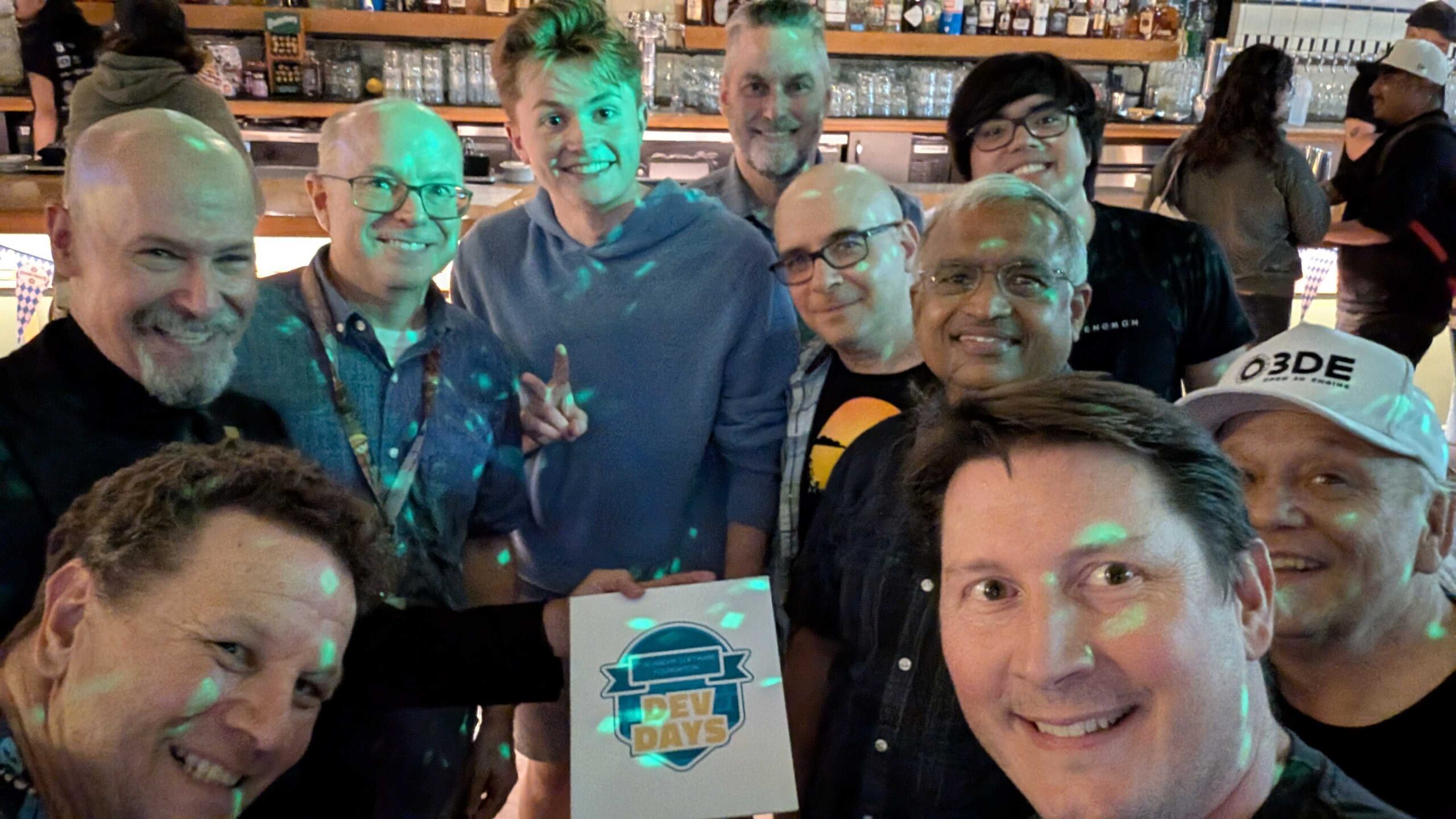
Produced by Pixar Animation Studios, Inside Out 2 shattered records as both the highest-grossing film of 2024 and the second-highest-grossing animated film of all time. The hit sequel reunites viewers with protagonist Riley Andersen, who must learn to manage a host of new emotions – including anxiety, envy, embarrassment, and ennui – as she navigates her teenage years. The film was directed by Kelsey Mann and features the return of voice actors Amy Poehler, Phyllis Smith, Lewis Black, Diane Lane, and Kyle MacLachlan, as well as new additions Maya Hawke, Tony Hale, Ayo Edebiri, Paul Walter Houser, Adéle Exarchopoulous, and Liza Lapira.
Earlier this year, the film received multiple nominations for Best Animated Feature, including from the Golden Globes, the Critics’ Choice Awards, the BAFTAs, and the Academy Awards. It additionally received a nomination for Cinematic and Box Office Achievement at the Golden Globes, plus a slew of nominations from the Annie Awards and more.
Pixar, and its parent Disney, are actively involved in the Academy Software Foundation and the broader open source community, having contributed to multiple projects including OpenEXR, MaterialX, DPEL (Digital Production Example Library), the USD Working Group and many more.
On Inside Out 2, the team at Pixar used a wide range of open source tools, including OpenEXR to standardize image processing throughout the pipeline, Field3D and OpenVDB for volume and particle data, and Ptex for per-face texture mapping. One of the main open source tools used on the film was OpenUSD, which was originally developed at Pixar.
“OpenUSD is really the backbone of all the data we use throughout the film,” explained Sudeep Rangaswamy, VFX Supervisor. “OpenUSD creates a cache that we use in a bunch of different applications – for instance our animation system will write out USD, and then we’ll be able to use that in Katana, our lighting tool; or Houdini, our effects tool; or Nuke, our compositing tool. All of these tools from various developers can use the same format to bring in our scenes, and then we can manipulate them. So OpenUSD has opened doors to allow us to be able to use the best tool for the job.”
Additionally, the Pixar team leveraged OpenColorIO to create color grades for the two distinct worlds of the film: the external human world and the inner mind world. Rangaswamy explained, “We wanted the human world to resemble real life, and the mind world to appear more vivid and fantastical. By using OpenColorIO to develop grades for those two different worlds, depending on the shot we were working in, that really helped to boost certain colors and ensure that the audience knew which world they were in.”

OpenTimelineIO is a newer addition to Pixar’s toolbox, and it helped the team find the most effective story beats. One particular example is in Act III of Inside Out 2, when an avalanche of memory spheres falls into the riverbed, and Joy follows them along the stream of consciousness and into the belief system. Rangaswamy explained that as the director and editor were working to figure out the right shot order, intercut with the human world of the hockey game, OpenTimelineIO let them easily try out different versions of Act III.
“Lots of times the editorial team is experimenting with shortening or lengthening shots, or changing the order of shots to see what plays well, and that can be hard for animators to work with. OpenTimelineIO gives us a way to be able to put out a cut of that sequence so that other people can see it and react to it and make changes without having to fully commit. It gives us a nice preview mechanism for the timing.”
Open Shading Language (OSL) also played an important role on the film. Pixar now writes almost all of its shaders in OSL, enabling artists to create very complex shading networks which are then fed into its renderer, Renderman. “Now that Open Shading Language is being optimized for graphics hardware, and the industry has been able to take advantage of that standard, our renders go faster,” said Rangaswamy.
Also in the shading space, Pixar utilized MaterialX Lama, a new material layering system and shading standard developed by ILM. On Inside Out 2, Pixar focused MaterialX Lama on the hair for Joy and the other emotion characters. Rangaswamy explained, “All of those characters are made up of particles, and you want to have a noticeable difference between the hair and the skin. The Lama network material was able to give us some shininess for the hair to give it a different quality than the particles on the skin.”
All in all, open source had many roles to play in the making of Inside Out 2. Congratulations to the entire Pixar team for their magnificent work!
*OpenEXR, MaterialX, DPEL, OpenVDB, OpenColorIO, OpenTimelineIO, and Open Shading Language are open source projects managed by the Academy Software Foundation. OpenUSD was developed by Pixar, and the Alliance for OpenUSD (AOUSD) serves as a key focal point for coordinated development of new functionality.


